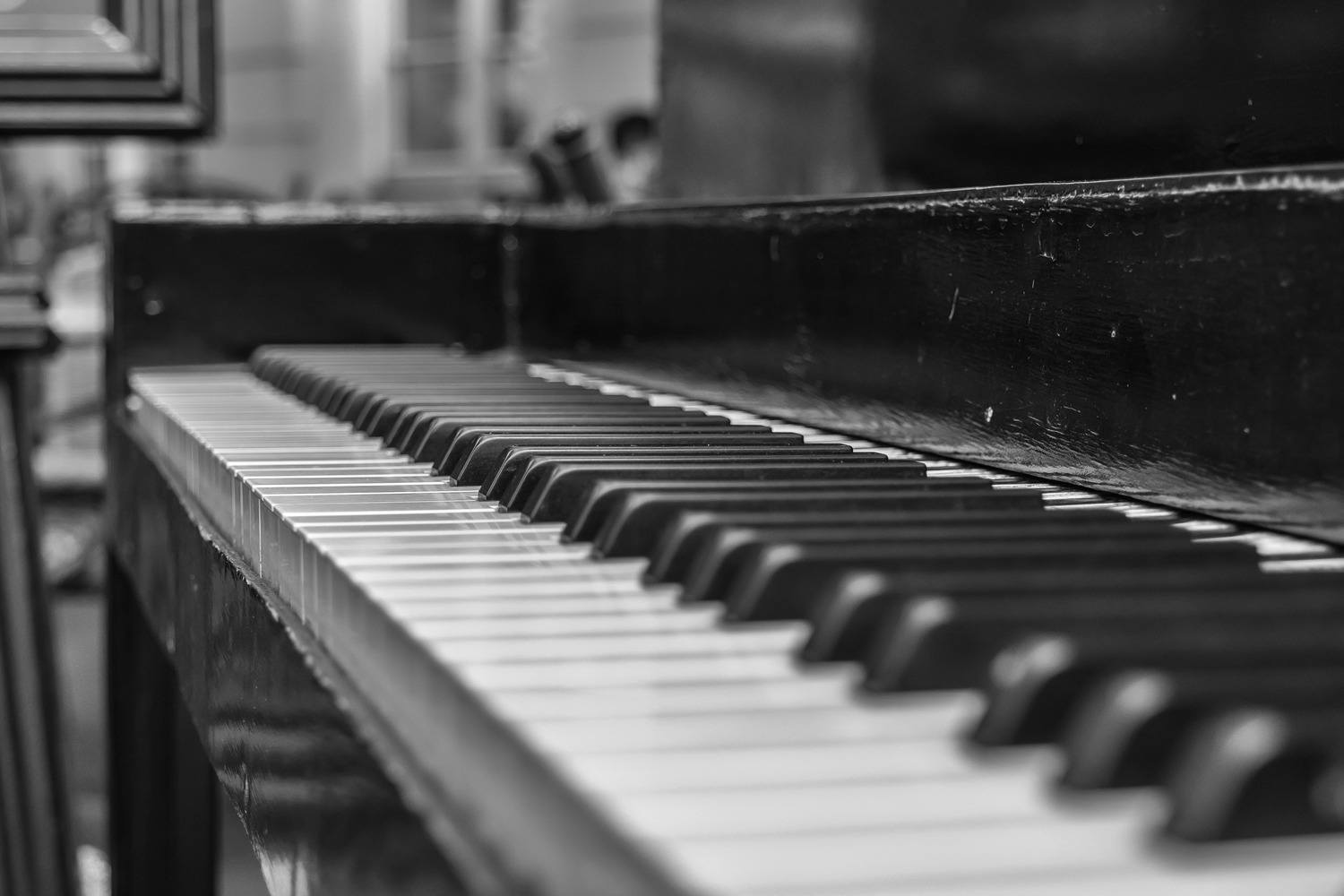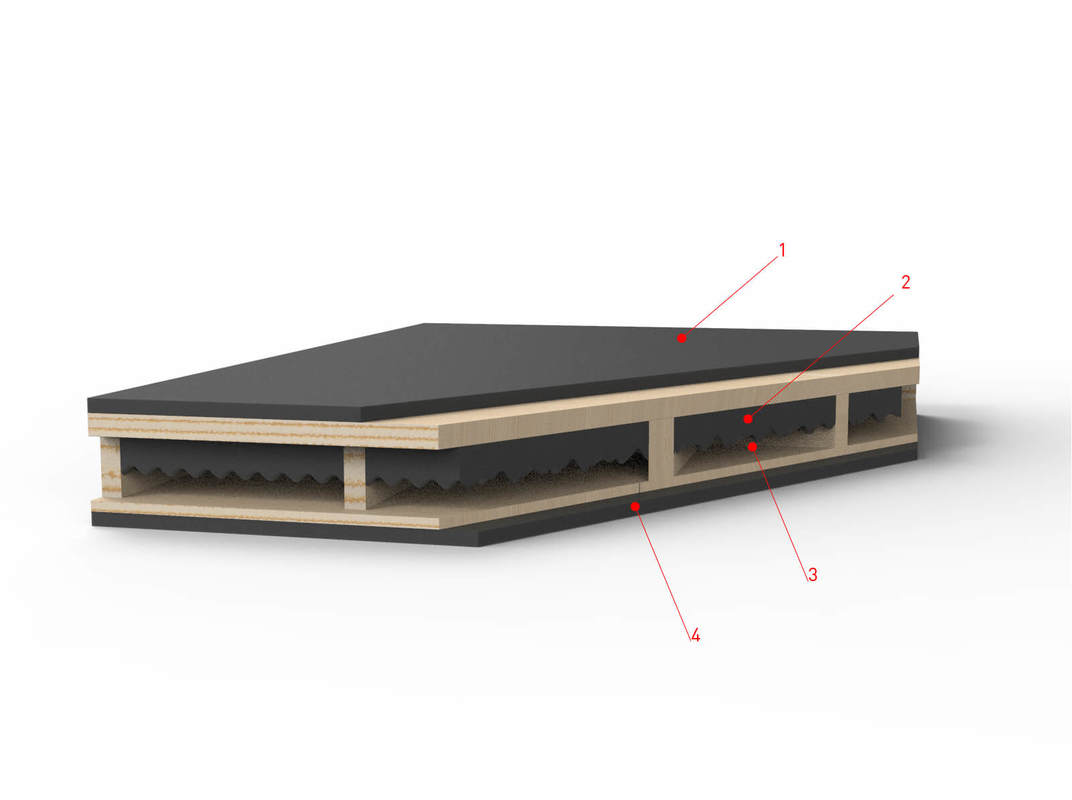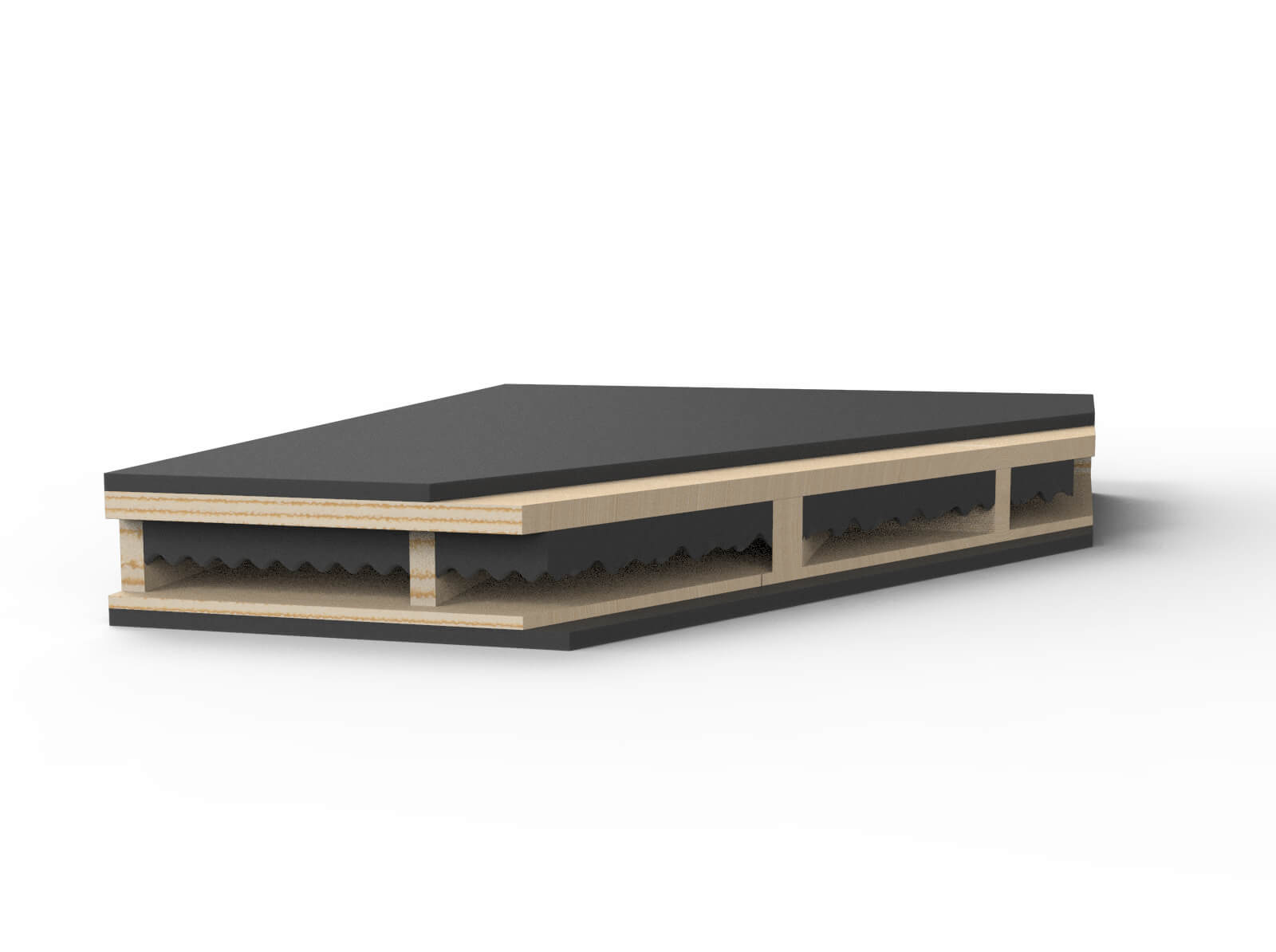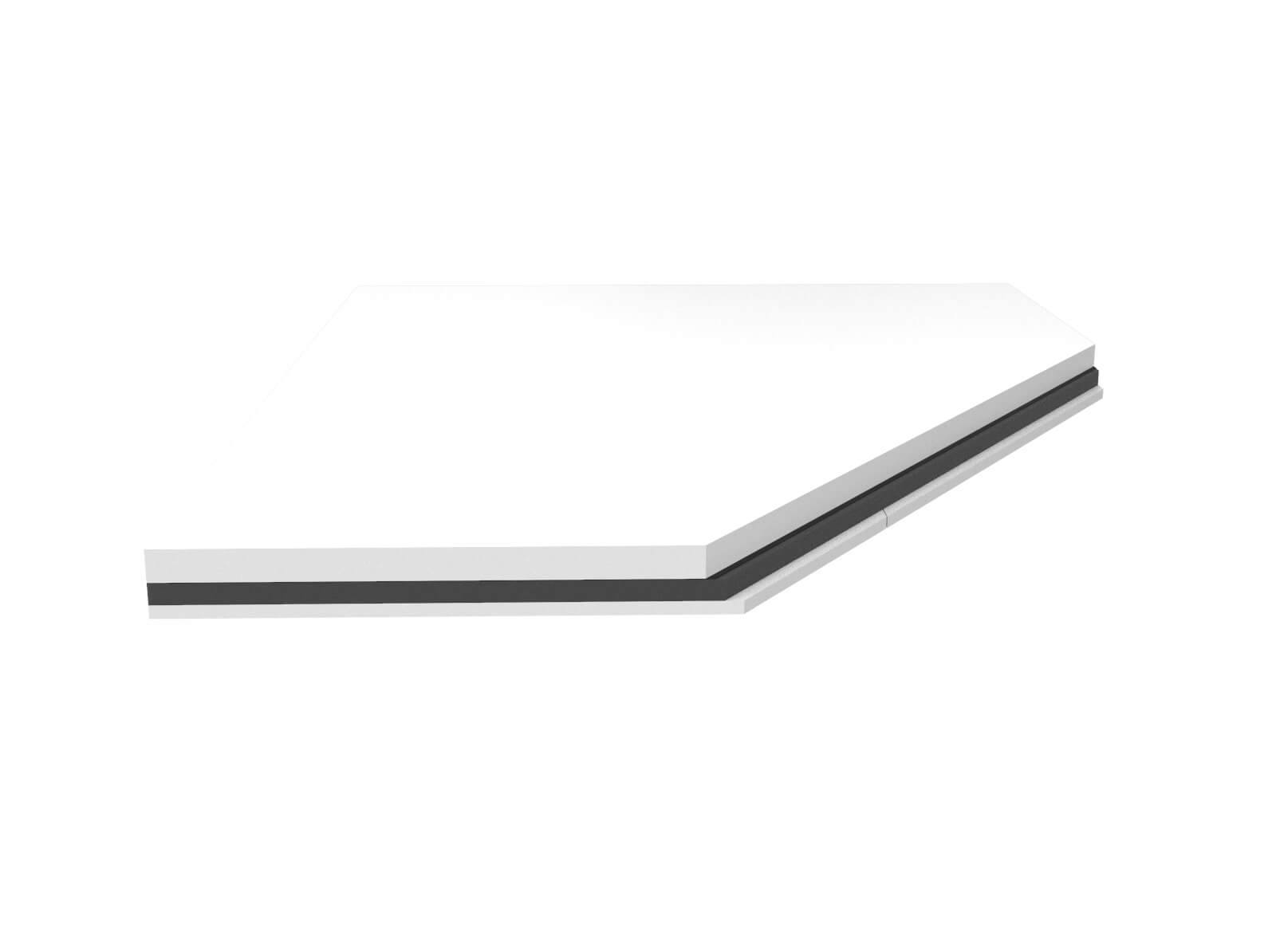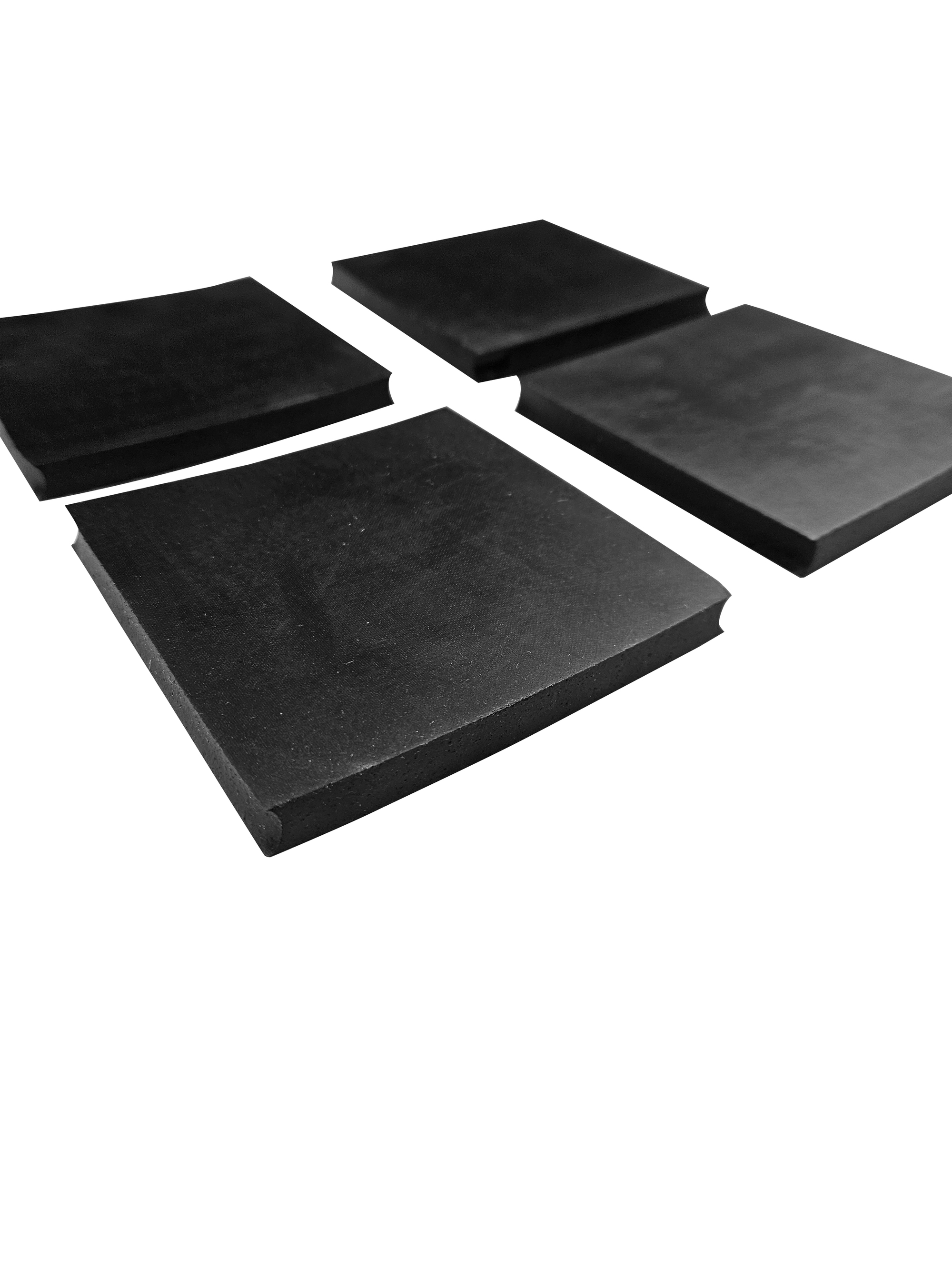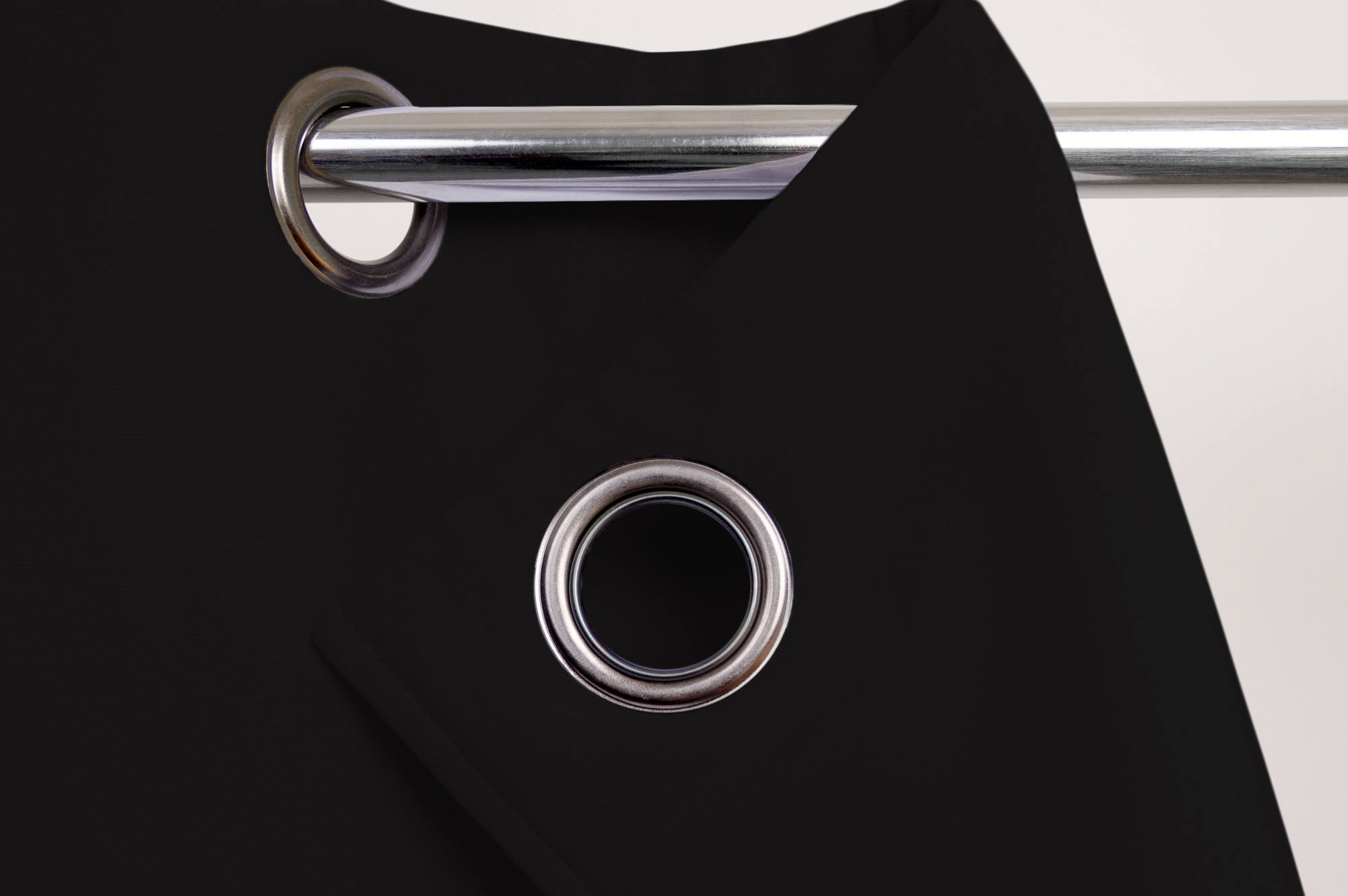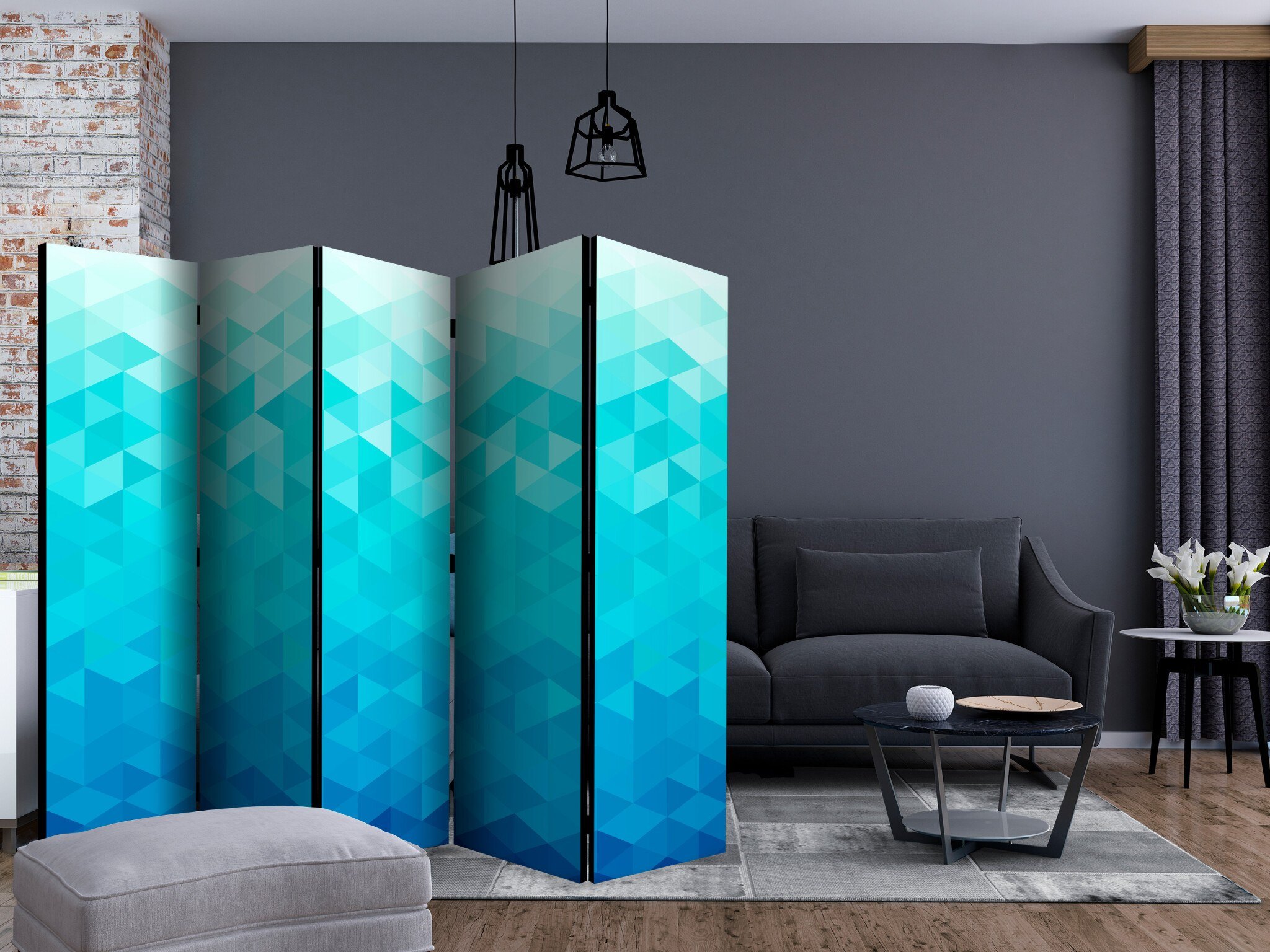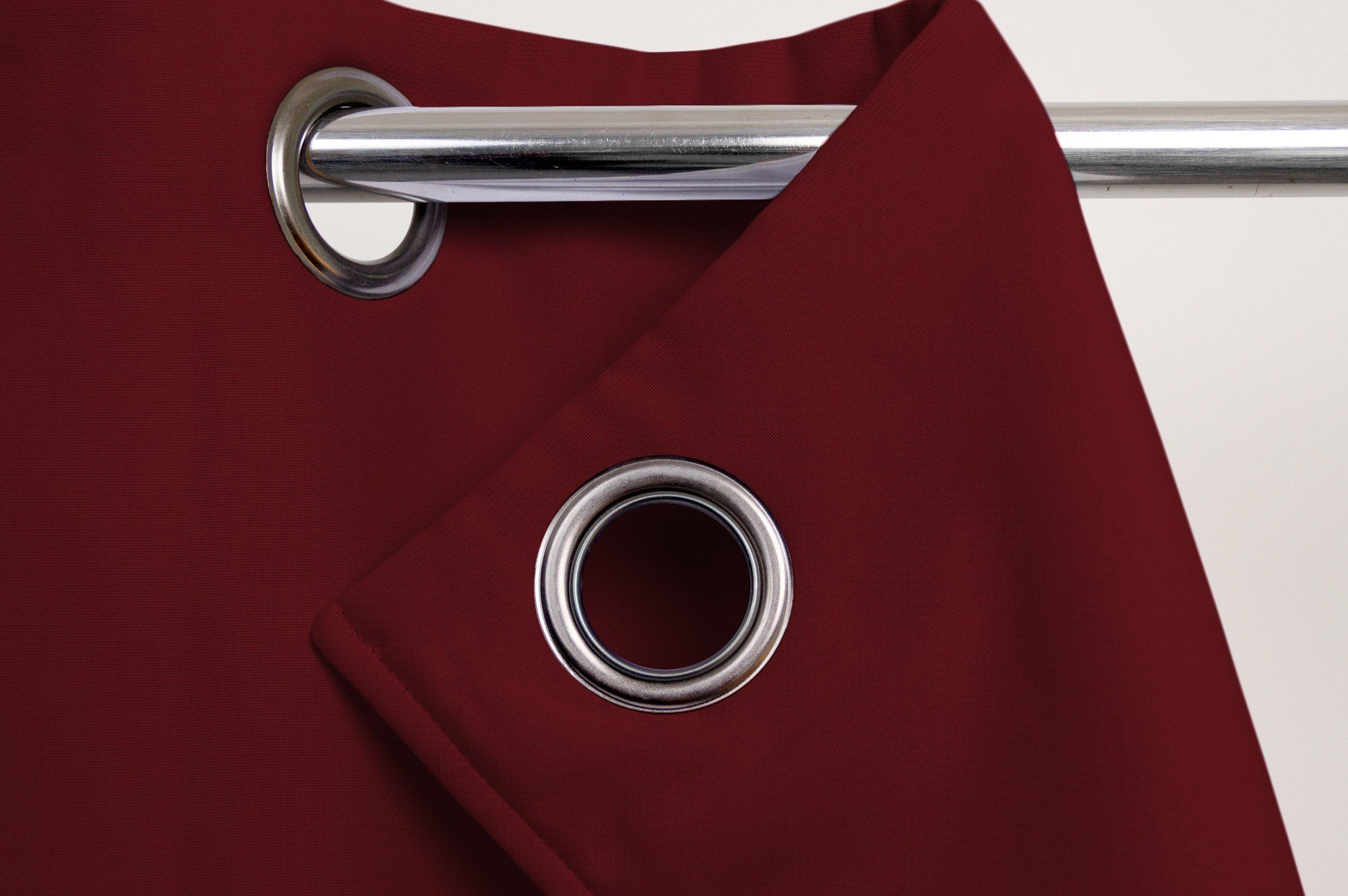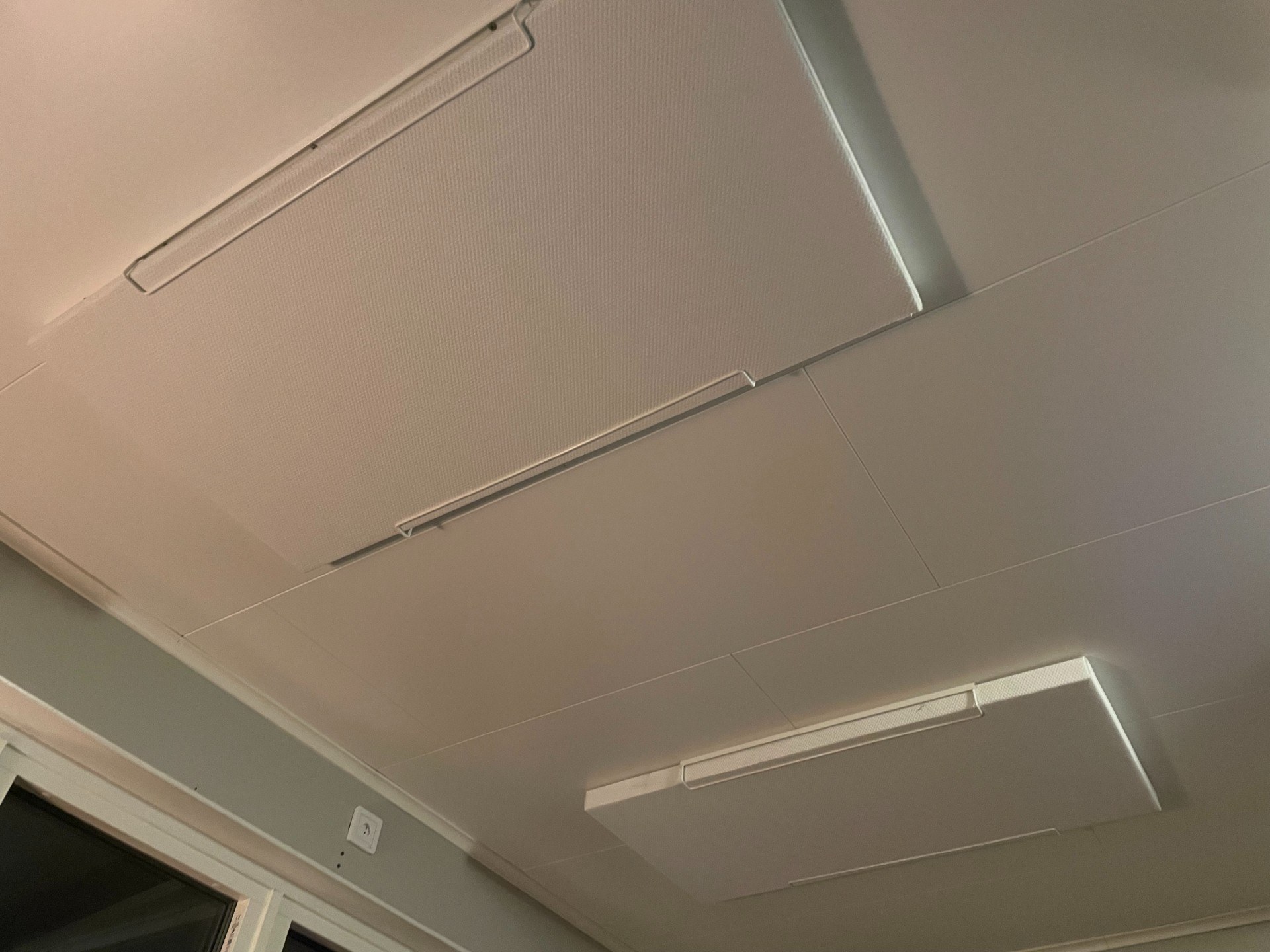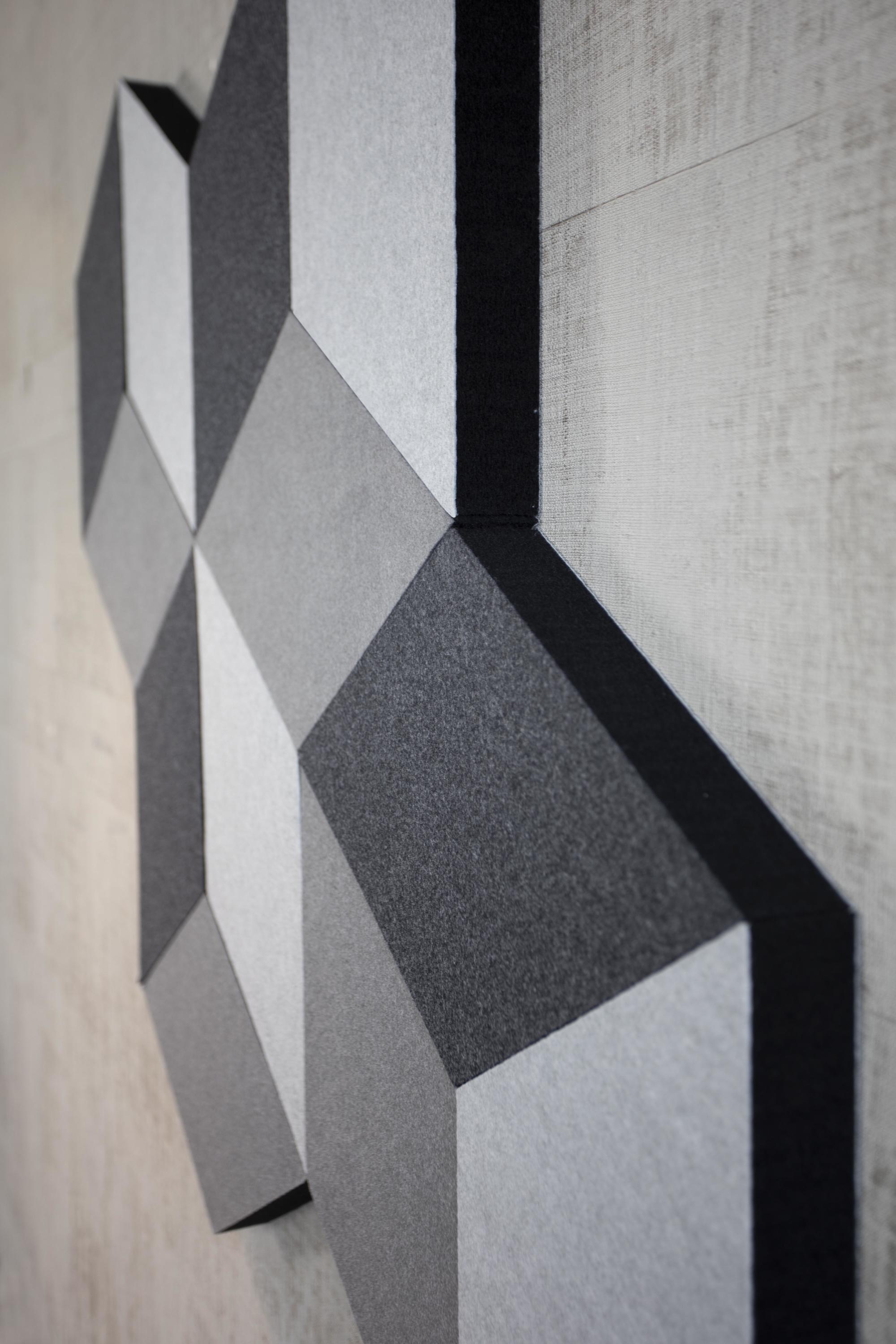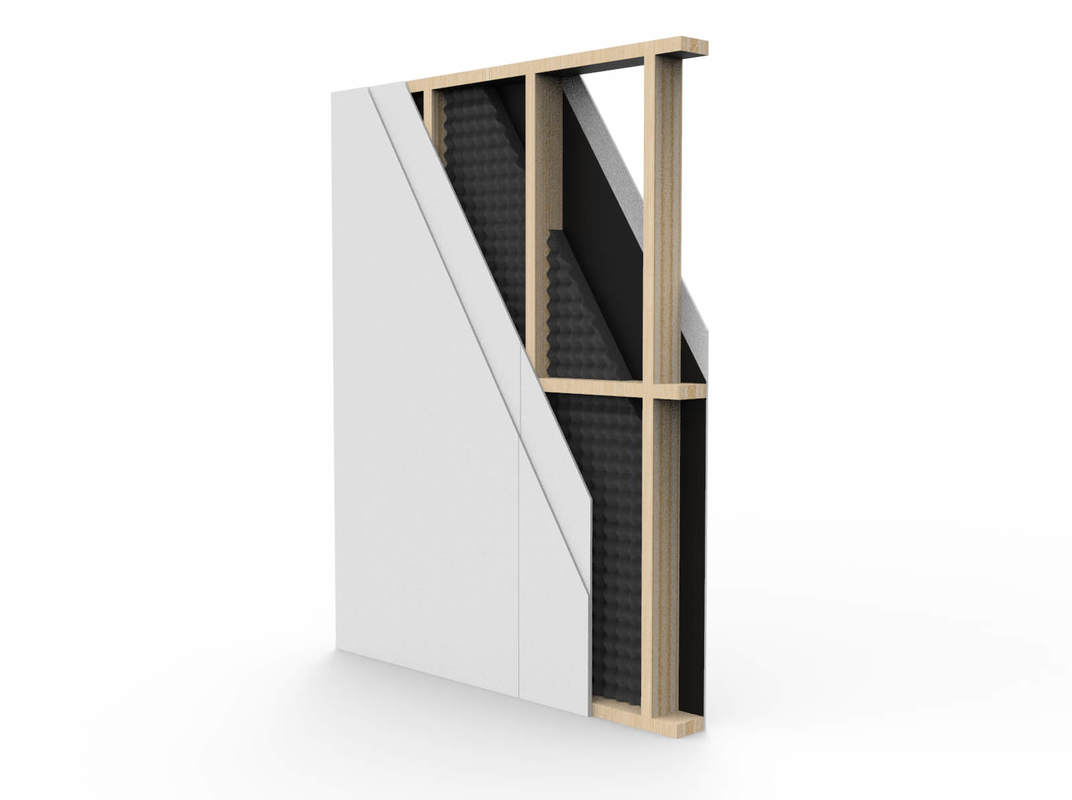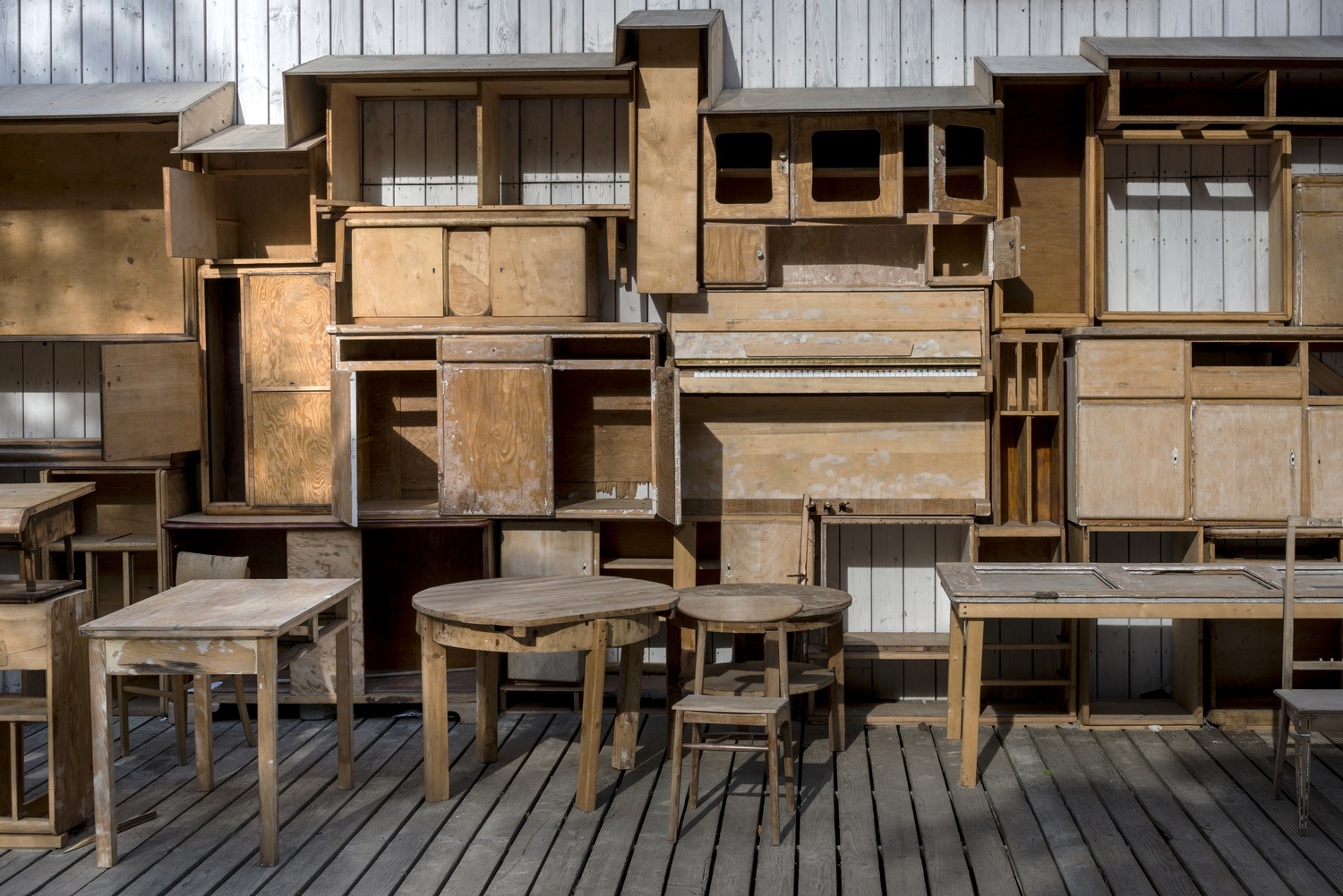Advantages of soundproofing and sound absorbing a piano
Playing the piano is a passion for many, but it can also be a challenge when it comes to noise levels and acoustics. Whether you live in an apartment, a house, or play in a shared space, soundproofing and sound absorption can contribute to a better experience for both you and your surroundings. By using the right acoustic solutions, you can reduce sound dispersion, improve sound quality, and create a more pleasant environment in which to play.
Reduced noise levels for a better living environment
Dampening the sound from a piano means that less sound penetrates walls, floors, and ceilings to other parts of the building. This is especially important if you live in an apartment or a densely populated area where piano playing can disturb neighbors. With sound-absorbing materials and strategically placed sound dampeners, you can create a more harmonious and peaceful sound environment, allowing you to play without feeling restricted by your surroundings.
Improved relationships with neighbors and family members
Loud music and repeated practice can be a source of irritation for neighbors and family members. By soundproofing the piano and the room where it stands, you show consideration and thoughtfulness, which can contribute to better relationships and reduce the risk of complaints. A sound-friendly environment means you can practice whenever you want without having to compromise your musical development.
Increased enjoyment and flexibility
With effective soundproofing, you can feel freer to play the piano at any time of the day, even in the evenings and early mornings, without disturbing others. This is especially valuable for musicians with irregular practice times or those who play at a professional level and need longer practice sessions.
Improved acoustics and sound quality
Sound-absorbing materials not only help reduce sound transmission, but also improve the sound quality in the room. Reverberation and unwanted reflections can make the piano sound sharp or unbalanced. Controlling the acoustics in the room creates a more pleasant and balanced sound, which improves the experience for both you as the player and any listeners.
Ability to use shared spaces without disturbance
If the piano is located in a shared space, such as a living room or music studio, sound insulation can allow others to use the room without being disturbed. This allows family members to read, work, or watch TV while you practice, without the sound being intrusive.
Protects hearing and creates a healthy sound environment
Prolonged exposure to high noise levels can be harmful to your hearing, especially for people who practice frequently or for long periods of time. By reducing the volume and creating a more controlled acoustic environment, you reduce the risk of hearing damage and noise stress, making it more comfortable to play and listen.
Improved recording capabilities
For those who record their music, soundproofing and acoustic optimization can help create a controlled recording environment. By reducing unwanted background noise and optimizing the reverberation in the room, you get higher quality recordings, which is important for both amateur and professional musicians.
Reduces the risk of sound transmission to other rooms and buildings
Sound spreads easily through floors, ceilings, and walls, which means that piano playing can be heard far outside the room where it is being played. With the help of floor mats, wall absorbers, and other soundproofing measures, you can reduce the spread of sound waves and create a more private playing experience.
Creates a more harmonious and pleasant sound environment
Soundproofing benefits not only the player but the entire home's sound climate. A well-acoustically adapted room can create a more relaxed atmosphere where music becomes a natural part of everyday life without disturbing others. This can be especially important for families where several people have different schedules and need peace and quiet.
Ability to practice more without restrictions
If you have previously limited your practice time due to the risk of disturbing others, soundproofing can give you more freedom to play as often as you like. This can be crucial to your development as a musician, especially if you are preparing for concerts or music exams.
Preserves the sound quality and longevity of the piano
A controlled acoustic environment helps preserve the piano's sound characteristics by reducing unwanted resonances and reflections. This can lead to a more authentic and balanced tone that makes the instrument sound as it was intended to.
Soundproofing and sound absorbing a piano is an important measure to create a pleasant playing experience and a better sound environment for both you and your surroundings. By reducing the sound level, improving the acoustics, and preventing sound dispersion, you can play more freely without disturbing others. Whether you want to protect your hearing, improve recording opportunities, or simply enjoy your piano playing more, the right sound-absorbing measures can make a big difference.





